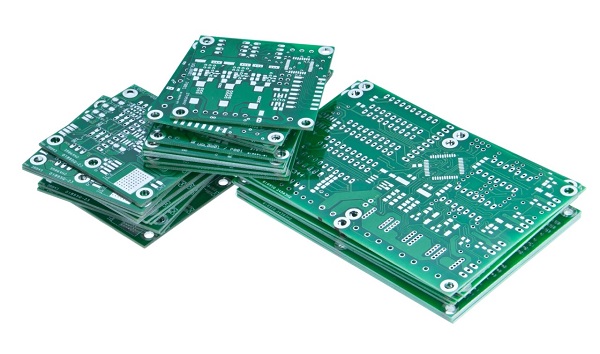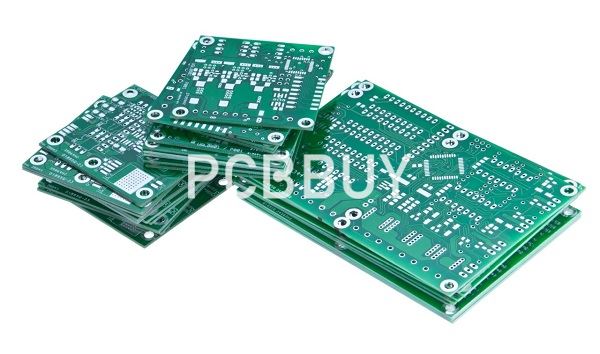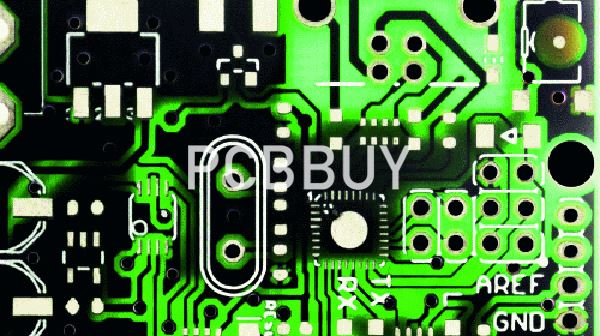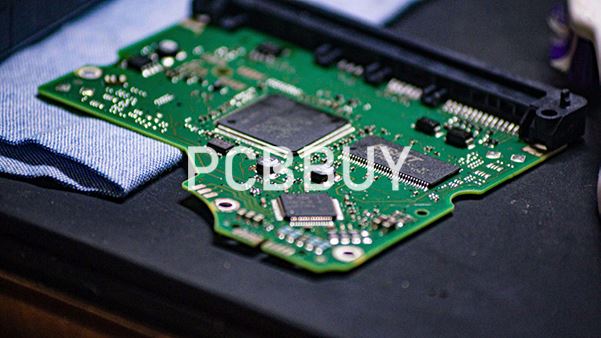What Is Lead Free Solder Used For in PCB Manufacturing?
By:PCBBUY 08/18/2022 16:05

The advantage of using leaded solder is its adequate flowing capacity. It has a lower melting point than lead-free solder; hence, presenting less thermal effects to components.
If you are curious about the lead free solder in PCB manufacturing, please check and read the content below for more information.

What are lead free solders made of?
Lead solder (aka SNPB solder) is a metal alloy with lead (Pb on the periodic table of elements) and tin (Sn on the periodic table) as its base components. Many years ago, lead pipes and any water supply pipes joined with lead solder were banned in new U.S. plumbing systems. Soon later, the occupational risks of soldering with lead were also considered, and lead-based solder became a documented health hazard in the workplace. The dust and fumes generated by lead soldering practices are considered toxic when inhaled.
For these reasons, lead solder continues to be phased out due to its negative environmental and health effects. But as a product manufacturer, you still want your contracted partners to deliver high-quality components with dependable, soldered connections and PCB circuitry.
Lead-free solder is a replacement for conventional 60/40 and 63/37 SnPb solder. In 2006 the Restriction of Hazardous Substances Directive (RoHS) was adopted by the European Union (EU), and the US followed suit by giving tax breaks to any company the reduced the use of lead-based solder. Today's lead-free solder will formulations that have a varied percentage of the following:
· Copper
· Tin
· Silver
· Nickel
· Zinc
· Bismuth
· Antimony
Is lead free solder better for PCB?
The main reason why manufacturers are shifting to the use of lead-free solder is to eradicate lead from electronic production and waste recycling processes. In the past two decades, the electronic manufacturing world has experienced a dynamic development of alternative soldering materials centered on tin metal. This alternative approach uses materials with properties that are distinct from the lead and tin eutectic composition.

Since soldiers are effective at 80% of their melting point, they call for performances similar to the jet engine superalloys. However, solder joints requirements are continually increasing because of the rising density and stress properties from miniaturization. Therefore, lead-free solders need a PCB design, which accommodates the high melting point and anisotropic properties.
The use of high quantities of lead in consumer products over an extended period causes harmful effects to the environment and people. Currently, companies have shifted to lead-free soldering to support their social responsibility efforts of protecting the environment. Thus, it is crucial to learn how lead-free solder compares with leaded solder and examine the better option for use.
Property Comparison between Lead-Free Solder and Lead Solder
• Lead-free solder features higher melting point than lead solder.
a. Melting point of traditional lead eutectic solder (Sn37Pb) is 183°C.
b. Melting point of lead-free eutectic solder (SAC387) is 217°C.
Since lead-free eutectic solder (SAC387) features a 34°C higher melting point than traditional lead eutectic solder (Sn37Pb), the consequence is:

1).The rising temperature afterwards leads solder to be easily oxidized with chemical compound quickly growing between metals.
2).Some components such as those with plastic package or electrolytic capacitors tend to be more affected by soldering temperature than other elements.
3).SAC alloy will bring larger stress to components so that components with low dielectric constant will have more access to failures.
4).Numerous types of soldering surfaces are available on lead-free solder surface of components. Application of tin in solder is more applied due to its low cost. Nevertheless, a thin oxidation layer tends to be generated on the surface of tin. Plus, stress will be possibly made after electroplating. As a result, tin whisker tends to be generated.
• Lead-free solder features worse wettability than lead solder.
Compared with lead solder, lead-free solder features obviously lower wettability than lead solder. Bad wettability tends to make solder joints perform too incapably to meet requirement in terms of self-calibration capability, tensile strength and shear strength. Bad wettability possibly lead to a higher reject ratio of solder joints when modifications aren't implemented to compensate for this disadvantage.
Industry Category











